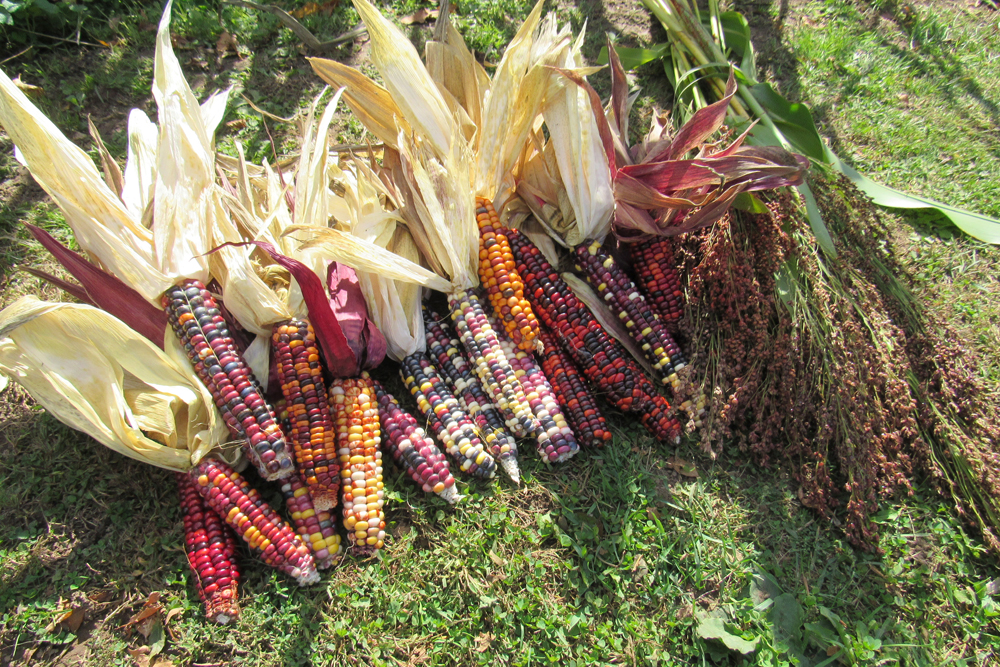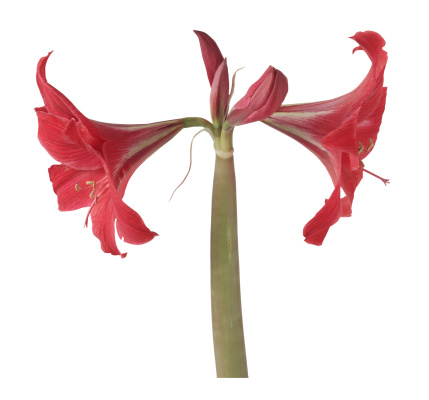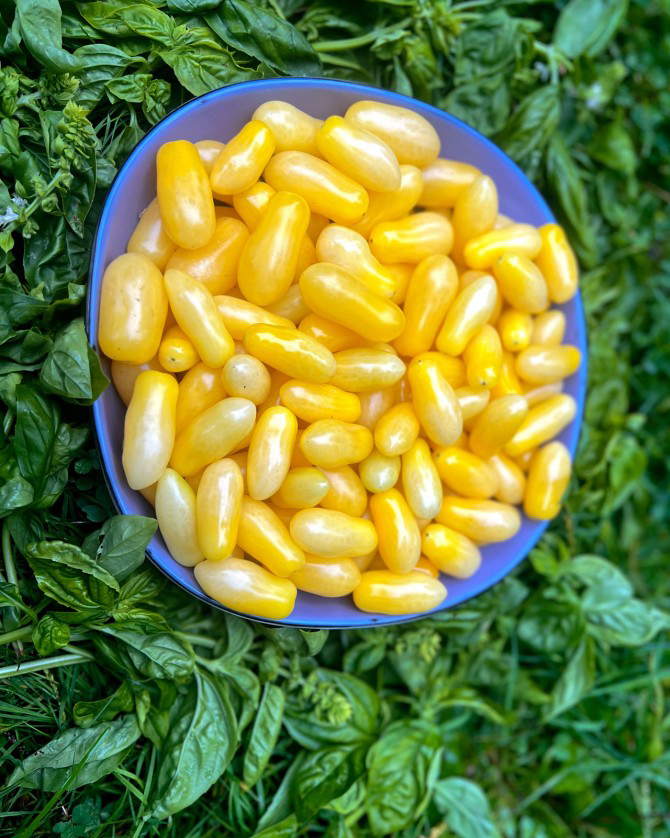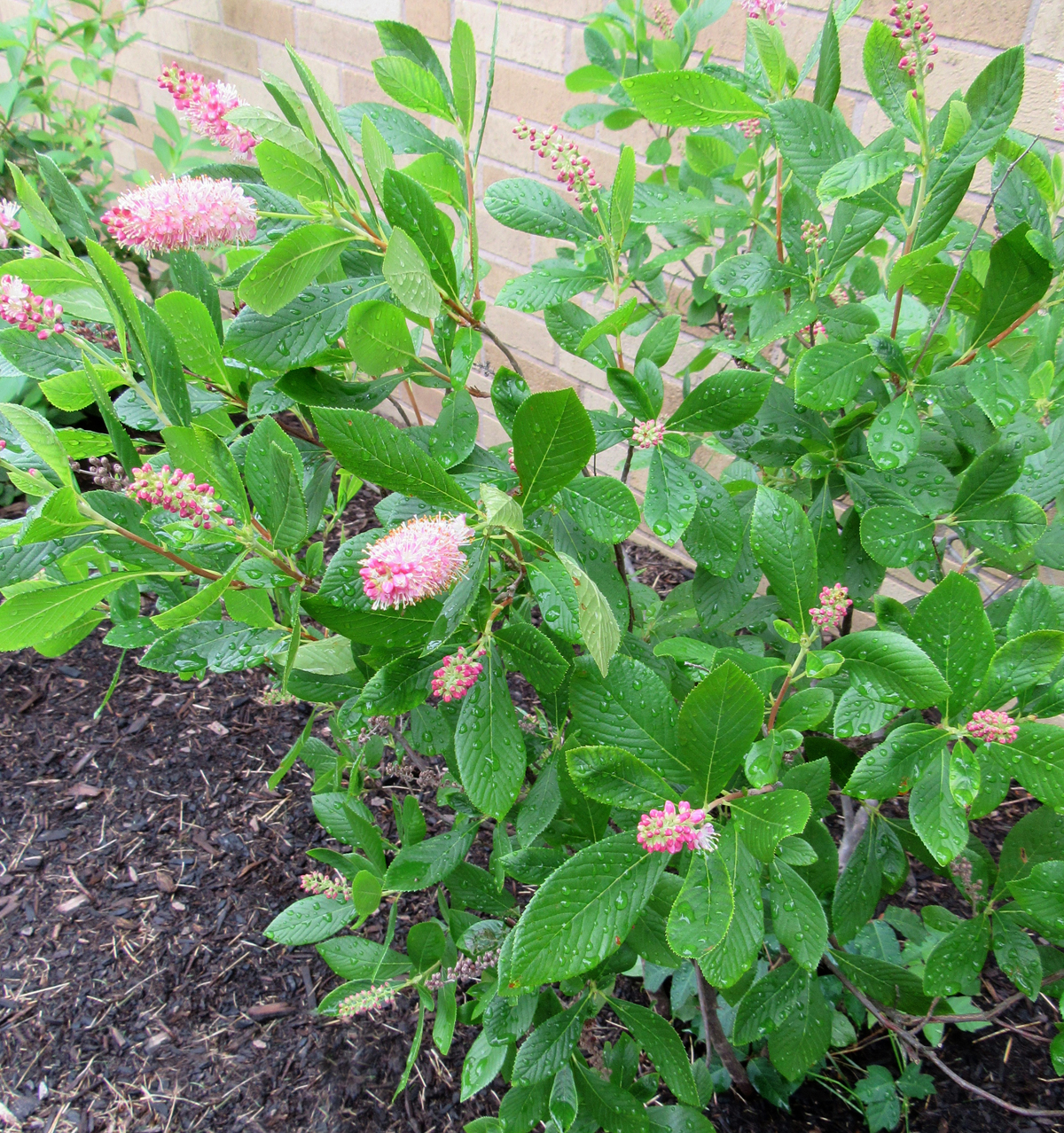Growing ornamental corn

Growing ornamental corn for autumn harvest and decoration can be a fun family activity, especially if you have young children in your life. Harvesting the corn and pulling back the husks to reveal the beautiful colors inside is a great fall activity.
Corn, or maize, has a very interesting history. According to the Wisconsin Division of Extension Master Gardener Program, corn is a diverse species of grass native to the Americas and has been grown for millennia by native cultures. Explorers took the crop back to Europe, and growing corn eventually spread around the world because it does so well in diverse climates.
Corn is an annual plant, and the leafy stalks can grow up to several feet tall. Cobs form from the female inflorescences, which develop above one or more leaves on the stalk. The terminal tassel is the male flower with anthers, which shed wind-borne pollen that settles on the ear silks, which are elongated stigmas. The carpels at the interior ends of the silks develop into the individual kernels after fertilization has taken place.
Ornamental corn does not contain the high levels of sugar that the sweet corn we love so much contains. Indian or flint corn is low in water content and has a hard outer layer on the kernels – thus the name flint corn. Native Americans in the northern part of the U.S. used flint corn as a major food source. Larger kernel varieties can be used for making hominy or grits or ground for flour or cornmeal.
The ornamental Indian corn we grow in our gardens for decorative purposes includes varieties that come in a single color – shades of white, red, blue, and black or multi-colored. The multi-colored ears are the result of cross-pollination with plants of solid-colored cultivars.
When planting ornamental corn, make sure you isolate it from your sweet corn crop to avoid cross-pollination. Harvest ornamental corn late in the season, after the stalks and husks are no longer green. Cure them in a warm, dry place for about a week, as the ears are subject to mold. You will then be able to display or store the ears for weeks or months. I have had ornamental corn last for several years in annual storage. Keep corn in dry, animal-proof containers – rodents love them.
There is an a-mazing (pun intended) array of types of ornamental corn. Dent corn contains both hard and soft starches and has a pronounced depression at the crown of the kernels when mature. Flour corn – like that grown by Native Americans, is starchy and easy to grind; cultivars come in white and blue. Popcorn is a type of flint corn that has a starchy center and a hard exterior. Heat causes moisture in the kernel to produce steam and pressure, which causes the kernel to explode inside out! Look for additional decorative cultivars such as ‘Autumn Explosion’ with multi-colored kernels that can be variegated, striped, or spotted. ‘Bloody Butcher’ is an impressive heirloom dent corn with deep red kernels. ‘Earth Tones’ dent corn has beautiful pastel-colored kernels. ‘Hopi Blue’ is another colorful heirloom with deep blue kernels used for cornmeal and flour. ‘Strawberry’ popcorn produces delightful two-inch ears with dark red kernels – perfect for autumn displays and for saving to use for holiday decorating with fresh-cut greens!







